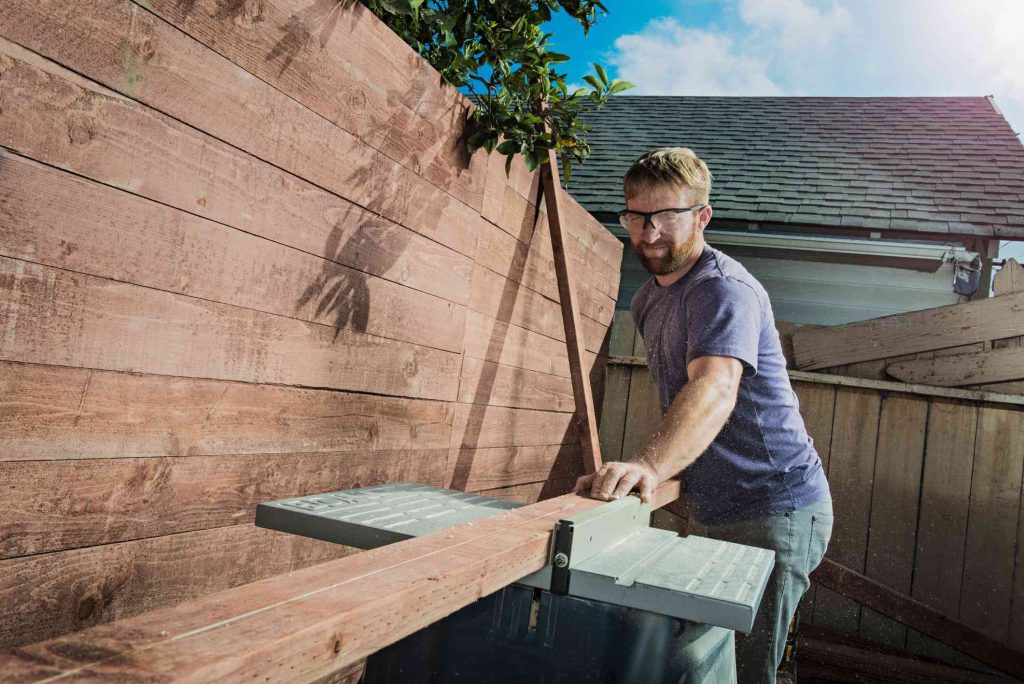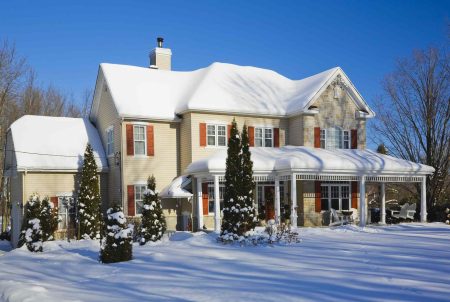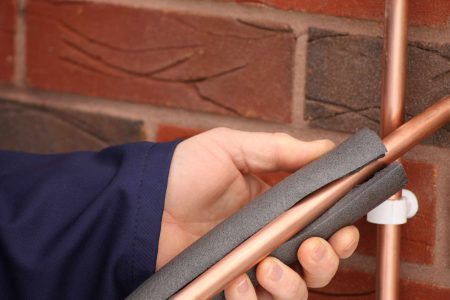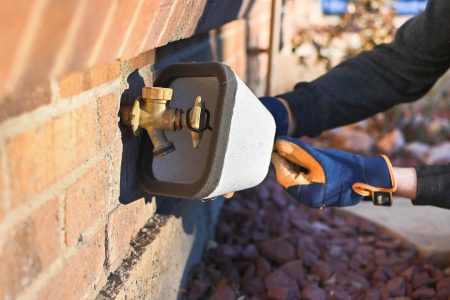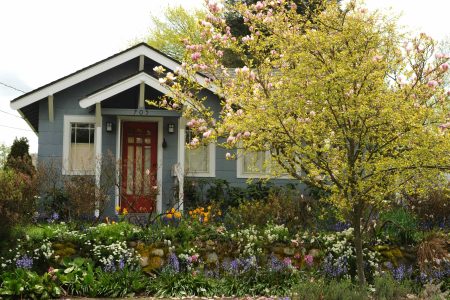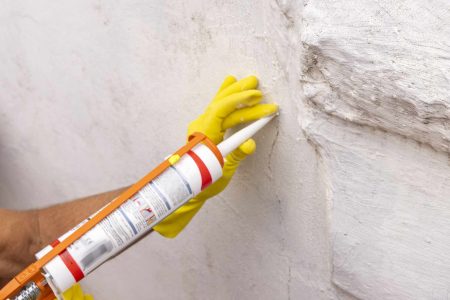You might have an easement on your property and it might limit what you can build in that area.
Easements can lie there quietly, not affecting you for years or decades. Then, when you decide to bump out your house, put on an addition, dig a pool, or erect a fence, you find out that you have a legal easement running through your property.
Can you build on the most common type of easement, a utility easement? Can you build a fence across an easement? If so, will you ever be forced to tear down any of the items that you have built?
What a Property Easement Is
Easements are legal designations that allow individuals or entities to use portions of your property (to build on or for physical access), even though you still own the land and technically have a right to build on it. The person or entity who is allowed to do this is called the dominant estate; you are the servient estate.
Property easements come in many shapes and forms. There are utility easements that allow sewer and gas lines. There are driveway easements that allow access to your property in the form of a short road or driveway. There are sidewalk easements that allow the public to walk in front of your property, as long as they stay on the sidewalk.
These easements (and others) are part of this background where the public, government agencies, and utility companies have access to your property, yet you still own the property. It can often feel like a hazy world no one quite owns anything outright. For instance, if you truly do own your house and land in full, how can someone lay claim to your property in perpetuity? Therein lays the core issue. You do own your property. But due to a greater public good—much like eminent domain actions—you are required to give over part of your land in service of that good.
How to Find out If You Have an Easement
Most homeowners should already know that their property contains an easement as it should be stated in the title documents when you buy the house. If you cannot find your title documents, check your county website’s tax assessor section. Likely you can find documents relating to your property, including easements.
7 Property Easements That May Affect You
There are many types of easements, but many have no bearing on residential property owners. Only certain types of easements may affect a homeowner who wants to build or remodel.
- Utility easements (Below ground): Storm drains, sanitary sewer mains, or natural gas lines frequently run through and under private property. A utility easement may affect you if the dominant estate (or utility) needs to access the area under a structure you may have built, like a fence or tiny house.
- Utility easements (Above ground): Electrical power lines or telephone lines also run over private property. You may be affected by an above-ground easement because it you will need to grant the utility access to your property to maintain the lines.
- Sidewalk easements: Sidewalk easements are the most common type of easement, one which countless homeowners have on their property. Even if a sidewalk is not physically in place, you may still have a sidewalk easement in place on paper. You may be required to maintain the sidewalk (even though you did not build it) by clearing snow, ice, and other obstructions.
- Driveway easements: With a driveway easement, a typical scenario is where a property owner of a deep lot subdivides the lot into two, one in front and one in back. You build your own house on one lot and sell the other lot. The buyer builds a house on the other lot. For the resident of the back lot to gain access, a driveway easement needs to be in place.
- Deadend or beach easements: Deadend or beach easements usually run along the side border of a property and allow the public access to an area beyond your property, such as a beach, park, or simply as a shortcut.
- Conservation easements: A conservation easement may be a greenbelt or park running alongside your property.
- View easements: View easements are becoming more common as communities realize the value of sightlines. A view easement might give your neighbor the right to enjoy a view of the coastline without you blocking the view by building your house up, planting trees, or adding other obstructions. Your house’s warranty deed should have an attachment that spells out the conditions of the easement. The documents received back from the title company will have your warranty deed and attachments.
Can You Build on an Easement?
Yes, you can usually build on a property easement, even a utility easement. Yet if you value peace of mind over everything else, not building on that easement is the best way to go. The dominant estate owning the easement may need to access the easement. Anything, from a house addition down to fences, shrubs, and children’s playsets might need to be removed in this event.
Can You Build a Fence on an Easement?
Yes, in most cases, you can build a fence on an easement. Fences are regularly built along or across easements.
Homeowners who do this must expect the chance that their fence might be pulled down by a dominant estate (utility company, for example). A few utility companies state that, as a courtesy, they will do their best to reconstruct the fence.
Can You Install Hot Tubs and Pools on Easements?
You may be able to install a hot tub, built-in pool, or above-ground pool over an easement.
Above-ground hot tubs and pools are also subject to removal. In-ground pools are more problematic, not only because they cannot easily be removed but because they may interfere with in-ground easements.
Most in-ground pools are deep enough that they would interfere with municipal sewer mains that run through easements. In-ground pools can be up to 8 feet deep; sanitary municipal lines are buried 12 feet deep or deeper. It would not be wise to put an above-ground hot tub or pool on an easement.
Can You Plant Shrubs and Grass on Easements?
Bushes, lawns, and other shallow-rooted shrubberies may be planted on easements. Trees and other major vegetation should not be planted on easements.
One common scenario: you have an above-ground garden planted on an easement, covering the manhole to the sewer main. Workers regularly access this manhole, working around the plantings. Shrubs are removed only in key areas.
Read the full article here



